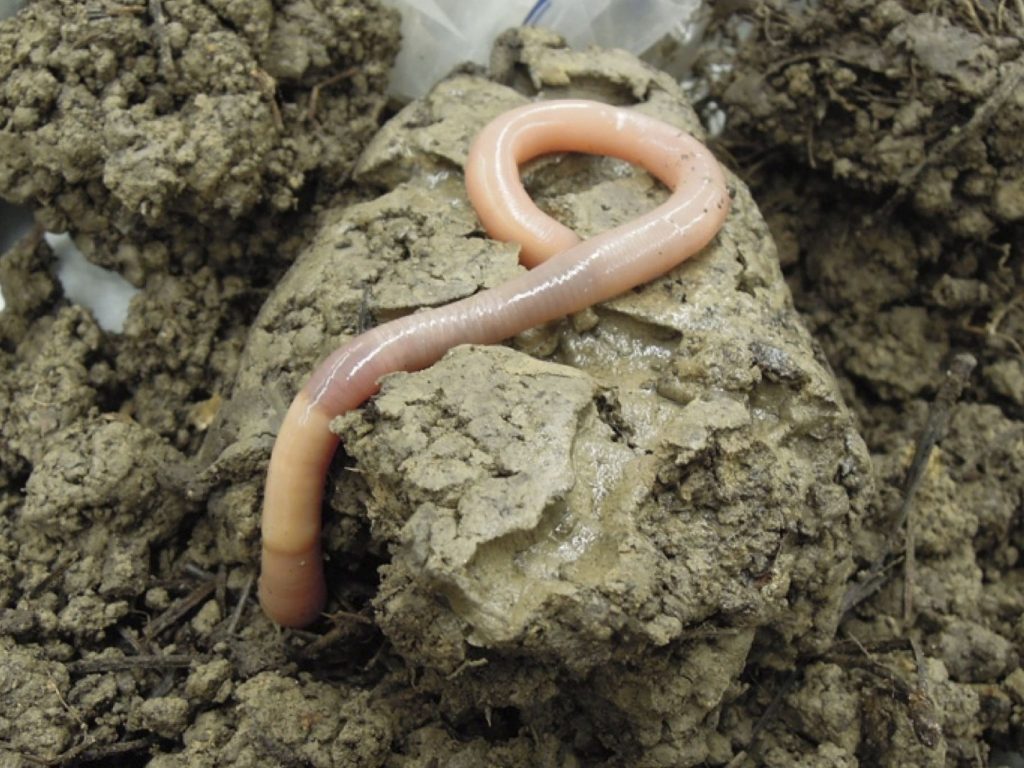Today is Endangered Species Day, which aims to make people aware about endangered species, why they are threatened and how they can be helped. An endangered species is one where its population is especially low, when the last have gone it is classed as extinct. Around the internet today there will be lots of articles on familiar endangered animals such as elephants, rhinos and tigers, but lots of smaller animals, including some earthworms, are also endangered – so I wrote a blog on these neglected animals.
The International Union for Conservation of Nature (IUCN) assesses species to see how at risk they are of extinction on its Red List. Nearly all mammal and bird species have been assessed by the IUCN but much less is known about how invertebrate species are doing, with only 7 earthworm species assessed out of around 7000 species worldwide. Of these species, one, the Lake Pedder Earthworm (Hypolimnus pedderensis) is thought be extinct – it used to live by Lake Pedder in Tasmania but has not been seen since the site was flooded for a hydroelectric power station. Two others, the Giant Gippsland Earthworm (Megascolides australis) and Oregon Giant Earthworm (Driloleirus macelfreshi) are considered to be endangered. The Giant Gippsland Earthworm is one of the largest species of earthworm in the world, growing up to 3m long. It lives in only a small area of Australia and has much slower reproduction and smaller populations than UK earthworms making it vulnerable to land clearances to graze livestock. The Oregon Giant Earthworm lives in woodlands in Oregon, USA, and is also a large species, growing to 1m in length, and is threatened by habitat loss to agriculture and housing.

The Giant Palouse Earthworm (Driloleirus americanus) is considered vulnerable – not quite endangered but showing worrying population declines. It was thought to have become extinct in the 1980s but has since been rediscovered, although its population continues to decline due its grassland habitat in Washington and Idaho, USA, being converted to cropland and housing. Three other species of earthworm are either considered at lower risk, or not enough data is available on them to make an assessment.
Are there any endangered earthworm species in the UK? Most species are common, although they may live in specialised habitats (e.g. wetlands) but there are a couple of species which have only been seen a few times in the UK. Unfortunately we do not have enough information to decide if this is because they are endangered, were introduced accidentally and then died out, or live in places that have not been studied much. We do know that overall earthworm numbers are declining in some areas, such as highly intensive farmland but in other habitats such as pasture and gardens there can be high numbers. My citizen science project Earthworm Watch has found densities of 750 earthworms per square meter, which means the average UK garden could have over 15,000 earthworms!



